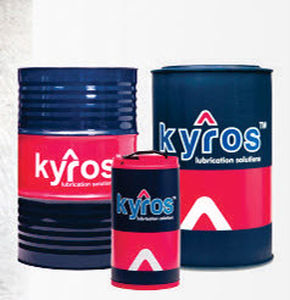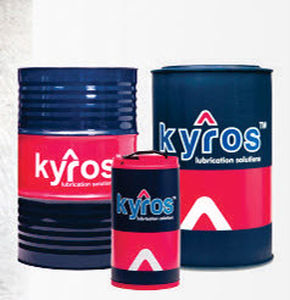
- Materials - Tools - Components
- Lubrication
- Drawing oil
- Raj Petro Specialites Pvt Ltd
Drawing oil ULTRAFORM® seriesformingcuttingmineral-based


Add to favorites
Compare this product
Characteristics
- Function
- drawing, forming, cutting
- Composition
- mineral-based
- Product applications
- for metals, metal machining
- Other characteristics
- high-performance, low-viscosity
Description
Outside the field of metal cutting, there are other metal working processes which entail no metal removal operation i.e. metal is deformed with no loss of volume. Some total of these processes which include both hot and cold working are called metal forming. Common metal forming operations include a) Hot forging- drawing down, upsetting, piercing, drifting, swaging. b) Closed die forging – drop stamp, drop hammer. c) Hot rolling d) Hot extrusion e) Cold rolling f) Tube drawing g) Wire drawing.
The requirement of the lubricant during forming operations is to lower the coefficient of friction between the blank work-piece and the die or tool. This effectively lowers the force required to carry out the forming operation which in turn reduces the power consumption and the generation of heat.
The lubricant also improves the process of deformation (metal flow) by additive action on the surface of the blank, it prevents excessive thinning of the material by reducing the stress; improves the surface quality of the work-piece and promotes cleanliness and corrosion protection.
Use of metal forming lubricants
increases the lifetime of the tool or die and provides a film which covers both surfaces of work-piece and the tool throughout the operation
thereby prevents metal-to-metal contact
that could cause welding pick up and surface damage.
Catalogs
No catalogs are available for this product.
See all of Raj Petro Specialites Pvt Ltd‘s catalogsOther Raj Petro Specialites Pvt Ltd products
metal working lubricants
Related Searches
- Synthetic lubricant
- Synthetic oil
- Anti-corrosion lubricant
- Mineral lubricant
- Bearing lubricant
- High-performance lubricant
- High-temperature lubricant
- Industry oil
- Bearing grease
- Mineral-based oil
- Gear lubricant
- Long-life lubricant
- High-performance oil
- Metal lubricant
- Anti-corrosion oil
- Metal oil
- Synthetic grease
- High load capacity lubricant
- Chain lubricant
- High-temperature grease
*Prices are pre-tax. They exclude delivery charges and customs duties and do not include additional charges for installation or activation options. Prices are indicative only and may vary by country, with changes to the cost of raw materials and exchange rates.




